
With a focus on national strategic needs, Tsinghua University has undertaken many important research projects in the field of integrated circuits, achieving many successes in key research areas, such as new materials, new processes, new devices, high-performance integrated circuits, EDA tools, sensors and integrated microsystems, advanced packaging and system integration, and special equipment for integrated circuits.
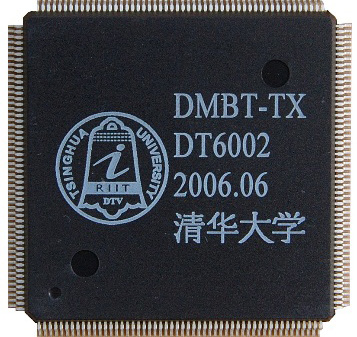
In 2006, we developed the low-density parity check (LDPC) code. Compatible with the TDS-OFDM system, the code supports single- and multi-carrier transmission. We successfully promoted DTMB, an LDPC-based digital TV standard developed by China, to become an international standard, once again earning us the State Scientific and Technological Progress Award first prize.
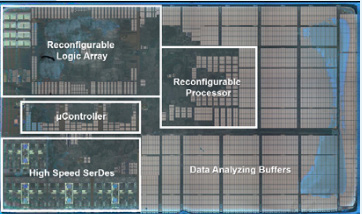

In the field of chip architecture, we initiated the idea of software-defined chips, solving the dilemma of how to create high efficiency and high flexibility computing chips, and making us pioneers in computing architecture innovation.
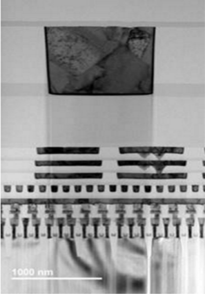
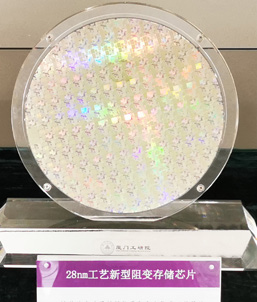
In the field of new memories and compute-in-memory chips, we achieved breakthroughs in key technologies for the large-scale integration of memristors. We developed a processing technology fully compatible with CMOS and created a 28-nanometer memristor chip as well as China's first multi-array compute-in-memory system.
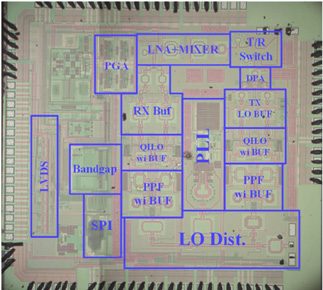
In the field of RF millimeter-wave integrated circuits, we developed a variety of highly integrated chips for millimeter-wave communication and radar systems, including 60 GHz high-data-rate communication chips and 77 GHz 2Tx 3Rx radar system chips.
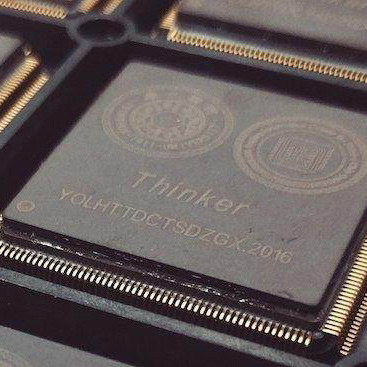
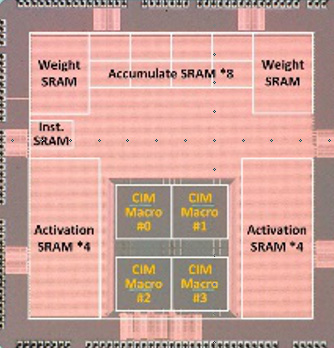
In the field of artificial intelligence, we developed the Thinker series neural network computing chips with world-leading energy efficiency. We also invented chips for near-zero power non-volatile computing and high-energy-efficiency sparse neural networks.
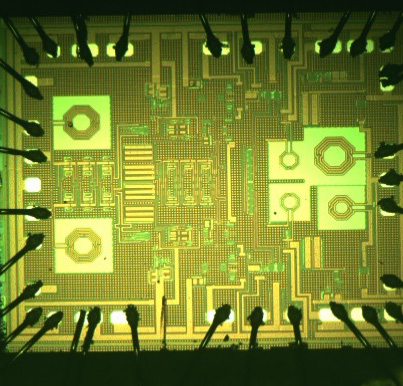

In the field of semiconductor devices, we developed our own 0.18 μm SiGe BiCMOS technology, and applied it in industry. With breakthroughs in nanosensors, we created a chip for intelligent artificial graphene throats.
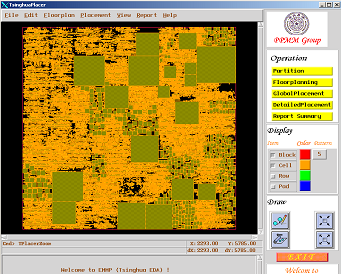
In the field of electronic design automation (EDA), we developed mixed-mode placement algorithms and tools by studying the design methods of SoC chips and the automation of VLSI design.
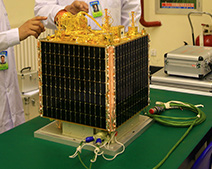
In the field of microelectromechanical systems (MEMS), we studied and developed microsystems for space optical attitude sensors, inertial chip-level MEMS, and MEMS magnetometer chips. Our achievements have been applied in the microsystems of China's domestic satellite chips.
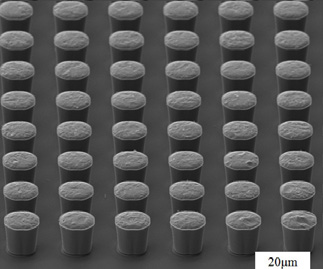
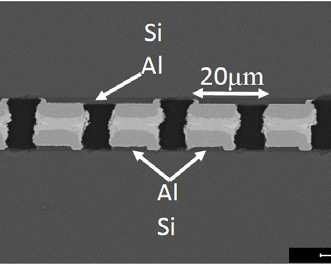
In the field of advanced packaging and 3D integration, we developed a narrow-pitch wafer-level copper pillar bump plating technology, which enabled low-temperature, ultra-short Cu-Sn-Cu and Cu-Cu narrow-pitch wafer-to-wafer bonding.


In the field of special equipment for integrated circuits, we fabricated China's first self-developed dual-workpiece prototype magnetic levitation planar motor and the first planar grating measurement system for workpiece position feedback, catching up with the most advanced technology architecture in the world.